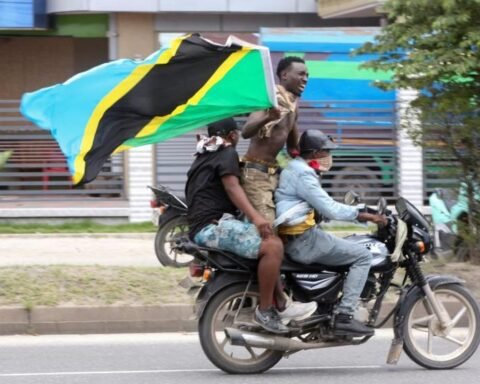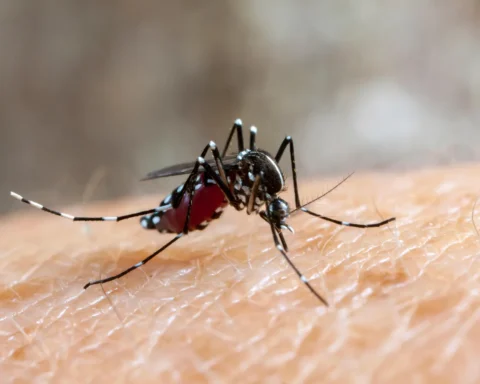Health officials in Kenya have confirmed an outbreak of Chikungunya virus in the coastal city of Mombasa, with 25 cases reported so far. The virus, which is transmitted by Aedes aegypti and Aedes albopictus mosquitoes, has sparked concern among public health authorities, who have launched an emergency response to limit further spread.
According to the Ministry of Health, affected patients have exhibited symptoms such as high fever, skin rash, joint swelling, and severe itching. These signs are common with Chikungunya fever, which often appears 4–8 days after a mosquito bite and can persist for several weeks.
What Is Chikungunya?
First described in Tanzania in 1952, the term Chikungunya is derived from the Makonde language, meaning “to become contorted,” referring to the stooped posture of infected patients due to joint pain.
The disease has no specific antiviral treatment, and patients are typically advised to rest, stay hydrated, and take over-the-counter painkillers like paracetamol to relieve fever and joint discomfort. Unlike malaria or dengue fever, Chikungunya rarely causes death, but its symptoms can be extremely debilitating.
How the Virus Is Spreading
Experts point to the recent heavy rains and poor drainage infrastructure in coastal settlements as a breeding ground for mosquito populations. Stagnant water in open containers, garbage heaps, and blocked gutters provides the ideal environment for mosquito larvae.
“Urban areas with poor waste disposal systems and standing water are hotspots for mosquito-borne illnesses,” said a disease surveillance officer from KEMRI.
Also Read; Billion-Dollar Feud Between Musk, Trump Escalates
Government Response and Public Safety Measures
In response, health officials have intensified vector control measures including fogging, distribution of insecticide-treated bed nets, and public awareness campaigns across affected wards in Nyali, Likoni, Kisauni, and Mvita.
Residents are being urged to:
- Eliminate stagnant water from their surroundings
- Cover water storage containers tightly
- Use mosquito repellents and wear protective clothing, especially during early morning and late evening hours
- Seek immediate medical attention if they experience symptoms
Local community health workers are going door-to-door educating households about the importance of vector control and environmental hygiene.
Looking Ahead
Although Chikungunya has no vaccine yet, researchers globally—including those from Pasteur Institute and NIH—are working on candidate vaccines that are currently undergoing clinical trials.
The World Health Organization (WHO) has included Chikungunya in its list of diseases with epidemic potential, urging countries to remain vigilant and invest in early detection systems.
So far, no fatalities have been reported, and health authorities say all 25 confirmed patients are under medical observation and recovering.







